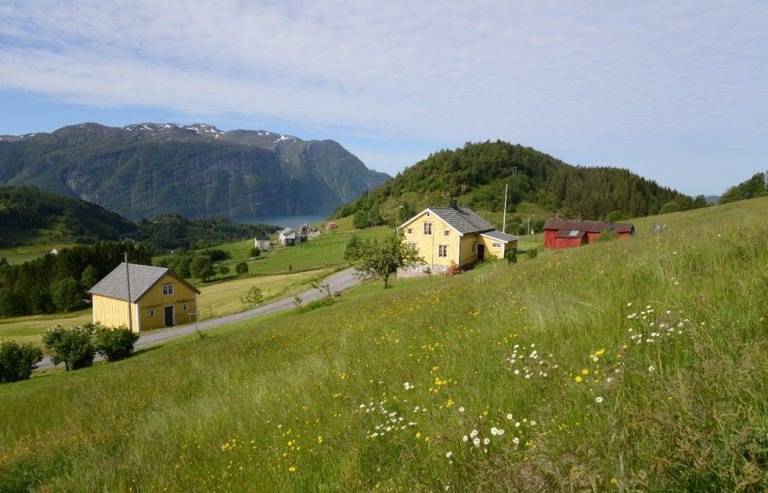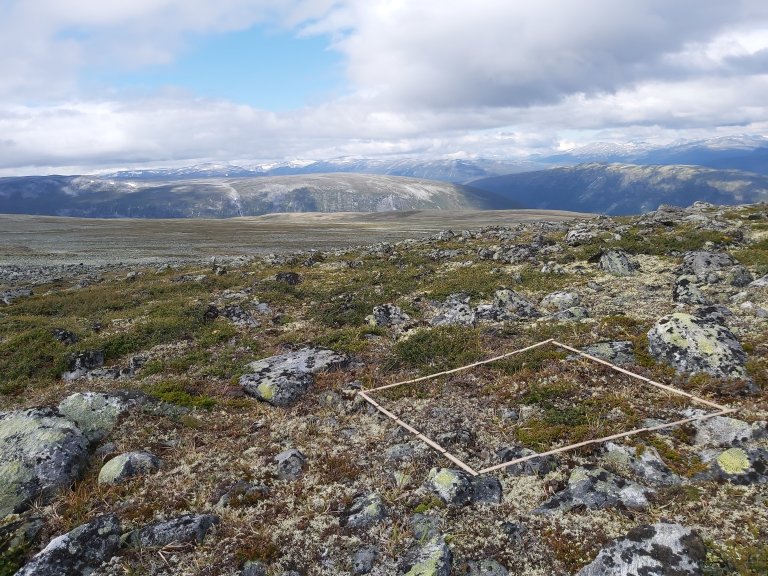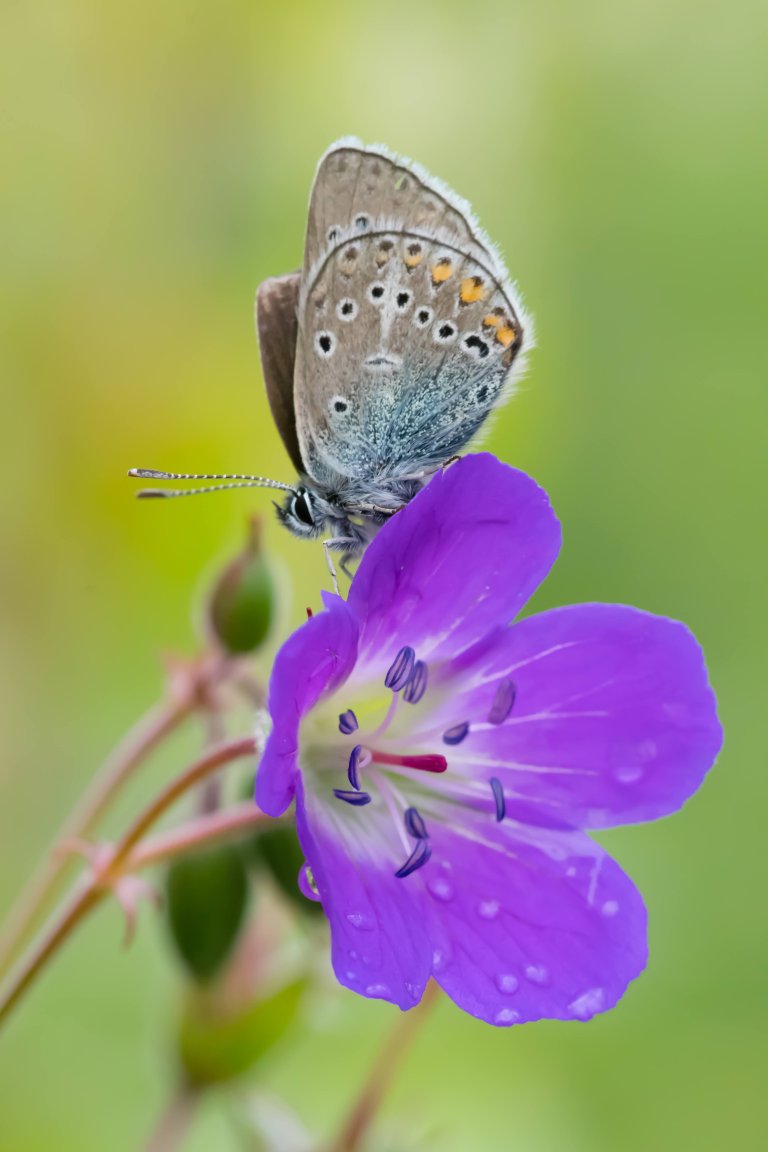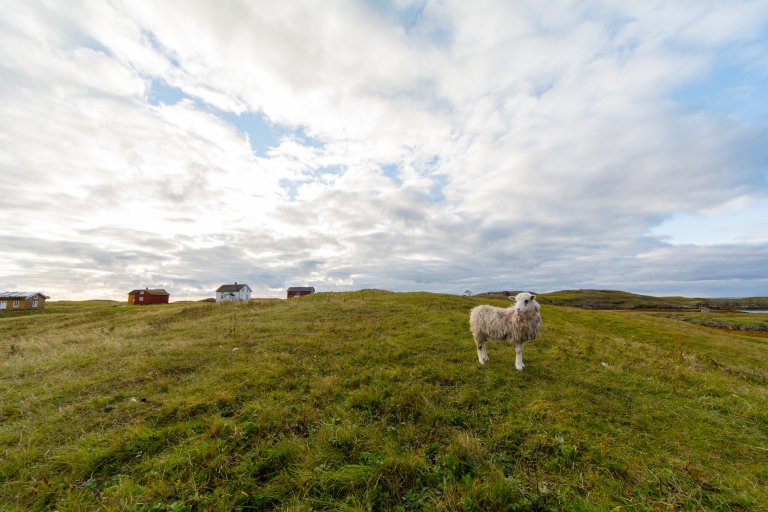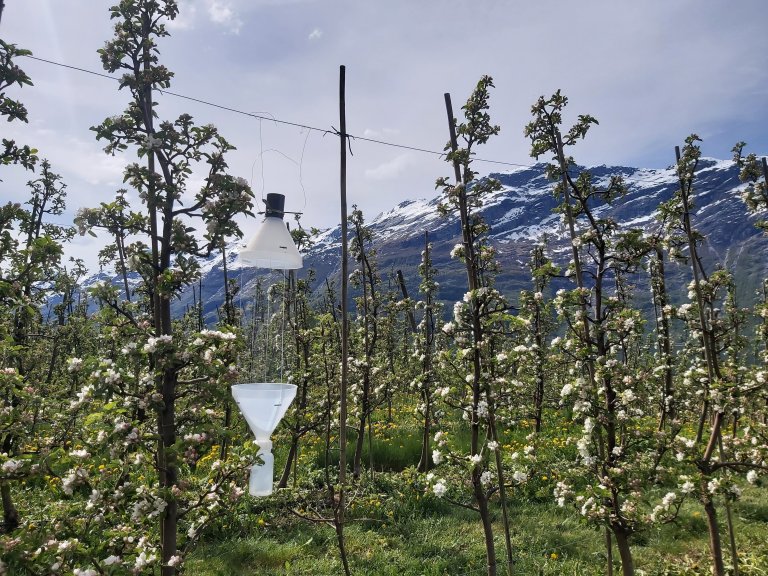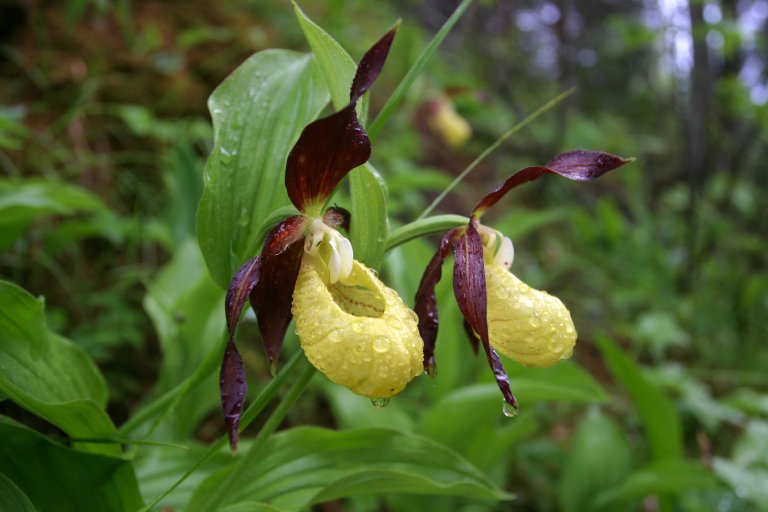
Landscape and Biodiversity
Biological diversity is under pressure. Natural and cultural landscapes are being dismantled – piece by piece. Land use changes are considered one of the primary causes of the decline we observe in many species. In the Department of cultural landscape and biological diversity, we strive to understand how changing agricultural practices affect land use and how these changes in land use impact biological diversity and ecosystem functions in the cultural landscape.
The department has a broad scope of activities encompassing research, monitoring, recording, and consultancy within cultural landscapes, biological diversity, natural habitats, and ecosystem services. Key tasks include research on knowledge foundations and method development for framework tools used in national management. We provide management and conservation plans for protected areas, selected cultural landscapes, World Heritage sites, and rural environments. We also work interdisciplinary within the theme of "holistic cultural landscapes," where the interaction between natural and cultural values is significant.
Department's areas of expertise
Biological diversity and food production
The cultural environment and traditional use of nature are part of a multifunctional agriculture that can both provide good production of local, sustainable food and preserve valuable cultural landscapes with rich biodiversity. We work with experimential traditional ecological knowledge related to the use of local natural resources. This knowledge can help build the identity of local food and other local products and be applied in efforts to preserve culturally conditioned nature types.
- Sustainable and local food production
- Interaction between natural and cultural heritage
- Traditional ecological knowledge as a resource
- Mountain agriculture and traditional Norwegian mountain farming
- Holistic natural and cultural values in protected areas
Knowledge base and method development for management and land use in cultural landscapes
Human use and resource exploitation of nature over several thousand years have created semi-natural habitats with high biological diversity. All semi-natural habitats in Norway are now threatened and dependent on proper management to avoid being lost. Managing these habitats effectively requires knowledge of how to categorize them and methods for assessing the condition of various ecosystems.
- National and regional subject coordinators – management of various types of cultural land
- Subject basis – follow-up on action plans for semi-natural habitats
- Environmental directorate's instructions for NiN mapping (Nature in Norway)
- Area-representative monitoring of semi-natural meadows (ASO)
- Specialized system – ecological condition
- Advisory services – establishing flower meadows
- Nature index for Norway
- Norwegian red list for ecosystems
- Methodology for monitoring the effects of measures on threatened culture-dependent nature
Mapping biodiversity
Mapping and monitoring Norwegian nature is increasingly emphasized and crucial for documenting and further developing knowledge about biodiversity and natural variation in Norway. This provides a better basis for considering nature in, among other things, land-use planning.
- Habitat mapping according to the environmental directorate's instructions (NiN)
- Impact assessments for land use changes
- Management and management plans
Nature restoration
We are in the UN Decade on ecosystem restoration (2021-2030). Global human-induced environmental destruction is now so extensive that it is no longer sufficient to merely protect the nature we have. Reversing the process is necessary to help degraded habitats and cultural landscapes return to a better state.
- Restoration of nature, ecosystem functions, and biodiversity in semi-natural habitats
- Management of pressured habitats
- Effects of nature restoration on plant and pollinator communities
- Regional seed mixtures for establishing natural meadows (www.blomstereng.no)
- Species conservation, “red to green” – improved status for threatened and red-listed species
Pollination ecology
Pollinating insects are crucial for both insect-pollinated crops and wild plants. Cultural landscapes provide excellent habitats for pollinators and contribute to essential ecosystem services and food production.
- Preserving biodiversity in sustainable urban planning
- Integrated plant and pollinator protection
- Identifying optimal habitats for pollinators in cultural landscapes
- Fruit and berry production with a focus on wild pollinators and surrounding landscapes
Ecological modelling
Modelling and systems analysis help to explain variations in nature and predict future dynamics and changes over time and space, from individuals to ecosystems. This provides crucial knowledge in areas such as pollination services, biodiversity, and the status of threatened species.
- Effects of climate change on plant-pollinator relationships – stability and dynamics in various ecosystems
- How to best adapt infrastructure and urban structures to biodiversity
- Species composition in an ecosystem and the impact of environmental changes over time and space
- Vulnerability and resilience of ecosystems and species communities
